Analyzing human hair from remains recovered in Menorca, researchers say they have provided the earliest direct evidence of drug use.
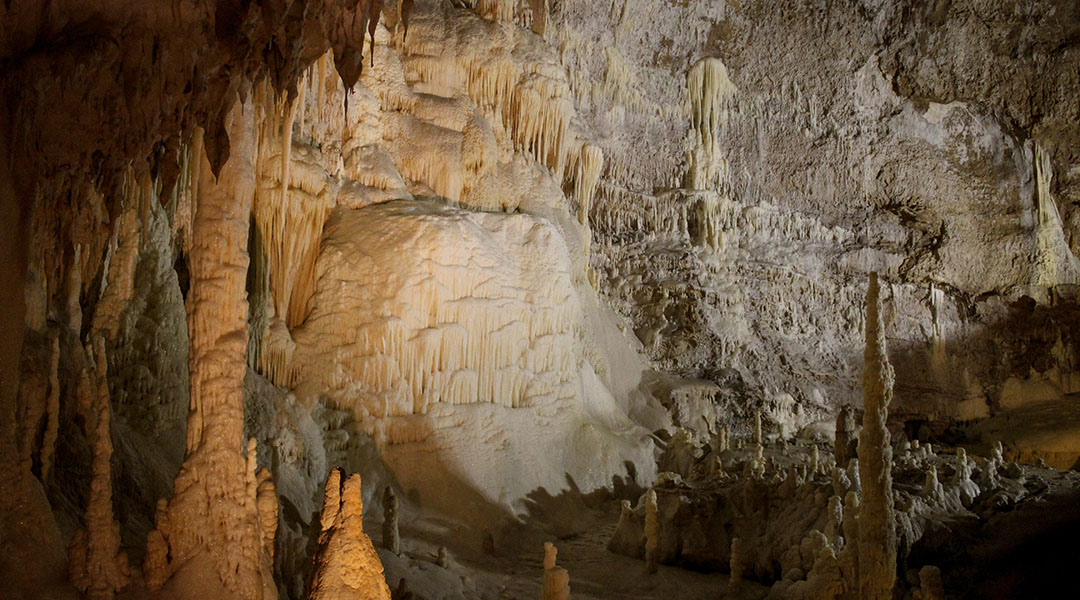


Analyzing human hair from remains recovered in Menorca, researchers say they have provided the earliest direct evidence of drug use.
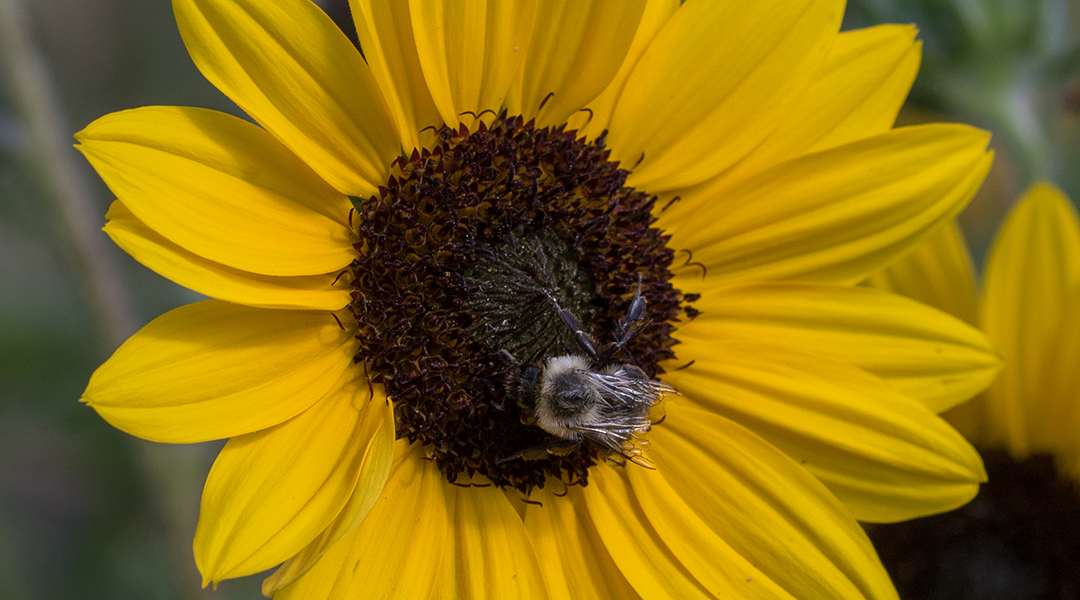
Planting sunflowers in pollinator habitats can boost bee health by providing them with pollen that protects against intestinal pathogens.

Using the adhesive properties of ice, researchers have developed a transfer method to move large sheets of 2D materials without breaking them.
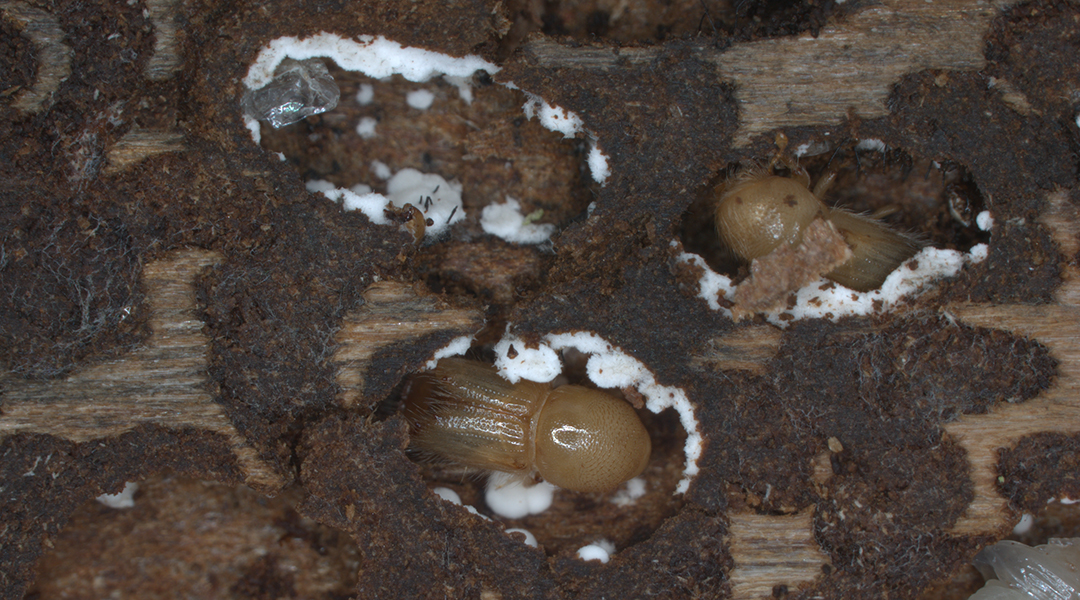
New study clarifies symbiotic link between bark beetles and fungi in the destruction of coniferous forests.
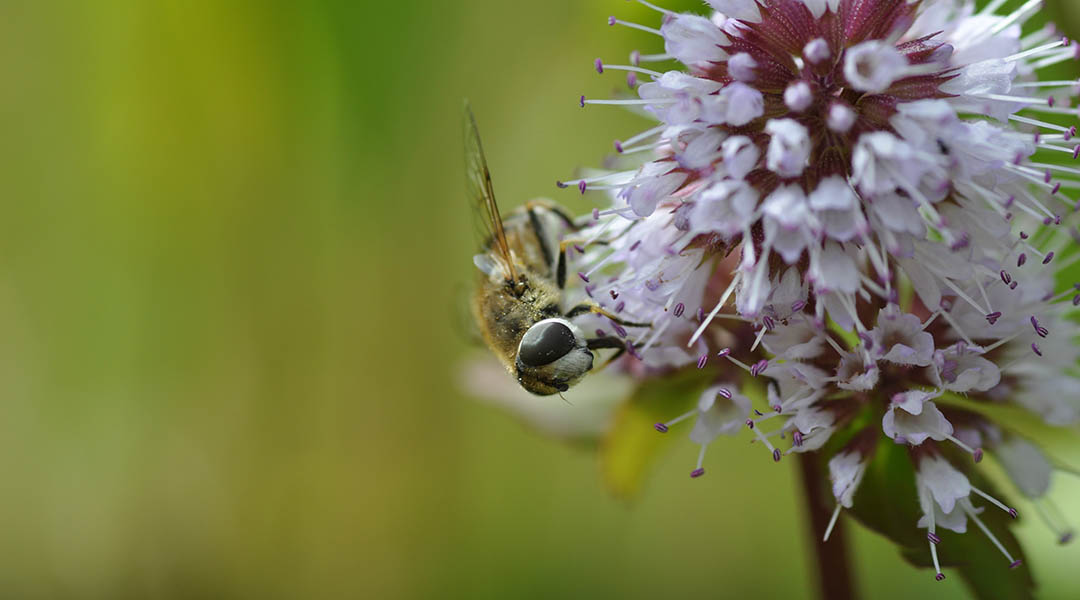
Data collected over the last 100 years in northern Finland demonstrates drastic changes pollinator species linked to climate change.
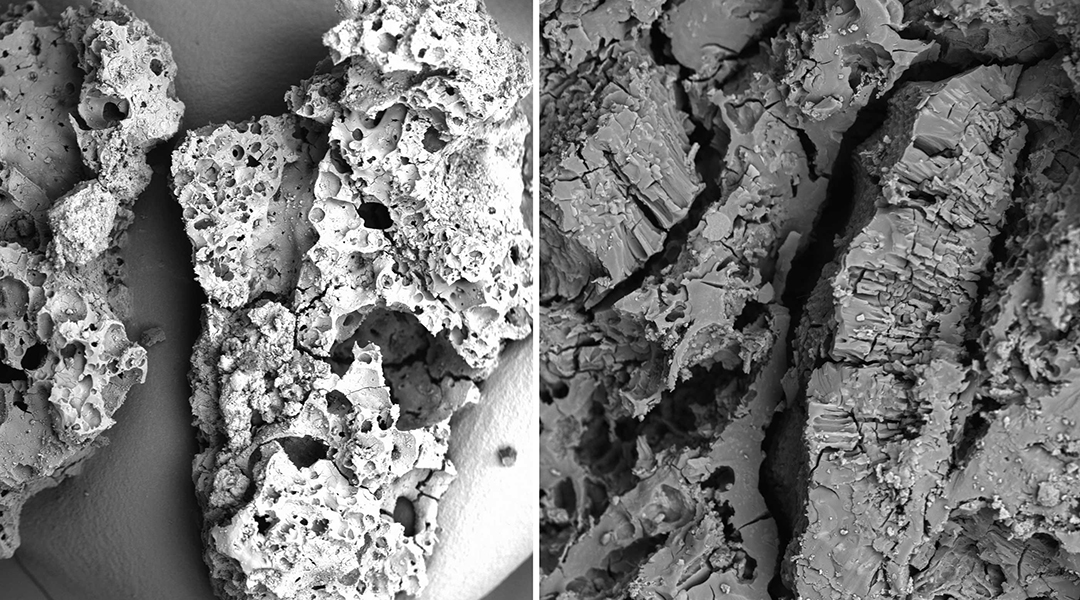
The study of charred remains of processed legumes and nuts gives new insights into the food choices and resource exploitation of Paleolithic humans.

Underneath the freezing, desolate surface of Antarctica, phytoplankton are finding a niche.